BY LINCOLN ANDERSON | The title of Lilly Dancyger’s riveting new memoir “Negative Space” refers to the empty areas in a drawing or painting. It’s also a metaphor for the absence of her father in her life.
Dancyger’s dad, Joe Schactman, was a talented and edgy visual artist in the 1980s East Village art scene. He created provocative sculptures from found materials like animal bones, bird wings, human hair, broken glass and scrap metal. He was a purist, though, and scorned commercialism. He also struggled with heroin addiction. He died in his early 40s, right as Dancyger was entering adolescence.
In “Negative Space” (292 pages, Sante Fe Writers Project) Dancyger sets out to try to uncover the full story of her father and his art, to try to more fully understand the man whom she so deeply loved, yet only was able to know as a child. Ultimately, the process of reporting and writing the book was a way for Dancyger to heal from the grief of her father’s loss.
“Negative Space” is like a mystery, in some ways, as we follow Dancyger’s sleuthing into Schactman’s past, searching for clues in his previous relationships, interpreting the symbolism of his art and how it mirrored what he was going through in his life.
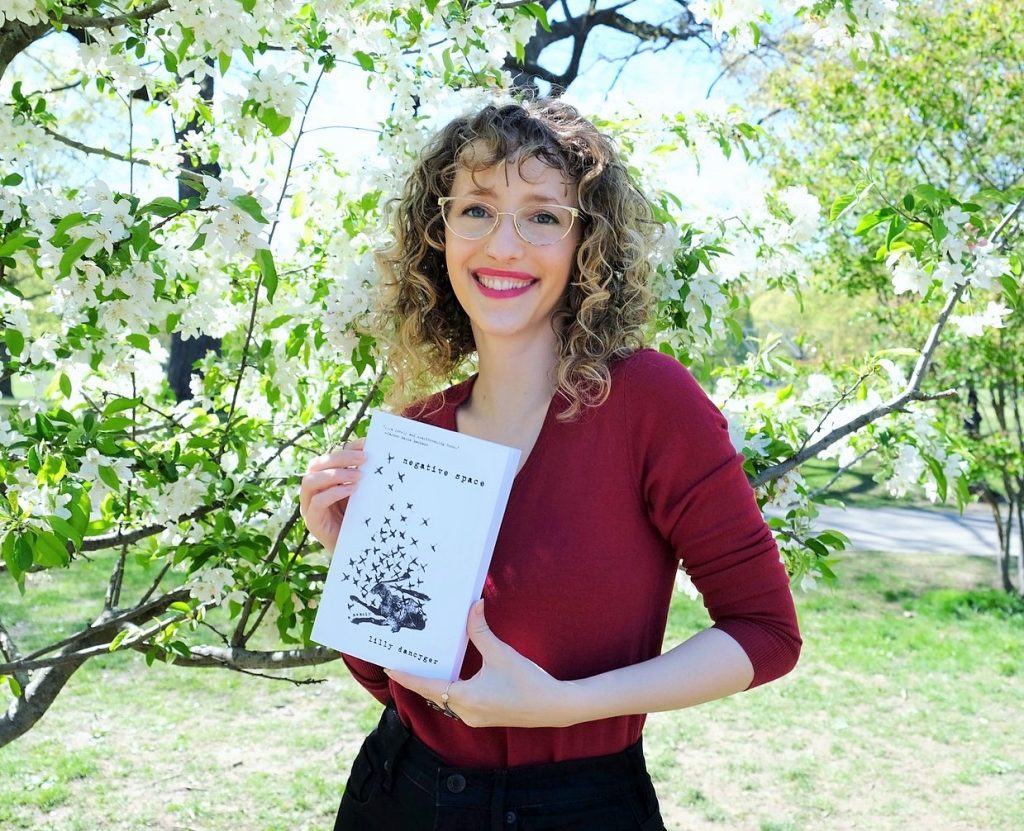
At the same time, Dancyger’s own story is equally compelling. Her dad’s sudden, unexplained death left her full of rage and sadness, and she found herself on a self-destructive course. Dancyger rebelled against her mother, who also battled addiction, and her teachers. She would wander the Lower East Side’s streets alone at night, searching for answers. We root for her as she strives to put her life on more solid footing and achieve her dreams.
I really enjoyed this book. It was hard to put down. I’m a fan of memoirs and biography, and Dancyger has a powerful story to tell, both about her father and herself. “Negative Space” is very well written and is an easy read, despite being packed with often-wrenching emotion. Years in the making, it’s the epitome of a labor of love, and it shows.
The book has been garnering praise from reviewers.
Mark Greif, author of “Against Everything,” wrote, “‘Negative Space’ is a brilliant, moving, unique, thought-provoking meditation on the artistic life, fathers and daughters, and the struggle to live life at the highest pitch in each generation.”
T Kira Madden, author of “Long Live the Tribe of Fatherless Girls,” wrote, “Candid, thrilling, wickedly smart, ‘Negative Space’ is one of the greatest memoirs of this, or any, time.”
Dancyger is a contributing editor at Catapult and an assistant editor at Barrelhouse Books. She edited “Burn It Down,” a critically acclaimed anthology of essays on women’s anger.
I first met her when she was working as a waitress at Sidewalk cafe on Avenue A more than 10 years ago and threw a fundraiser for Ray of Ray’s Candy Store, which I reported on. In pre-delivery-app days, Ray was having a hard time making rent. Lilly and her friend, Leah Milstein, whose dad was a co-owner of Sidewalk, in an act of kindness, decided to throw the benefit.
Later that summer, Lilly interned as a reporter at The Villager newspaper when I was the editor there. So, knowing a bit about Lilly and her life story, it was really interesting for me to read “Negative Space,” which, to use another art expression, filled in the picture.
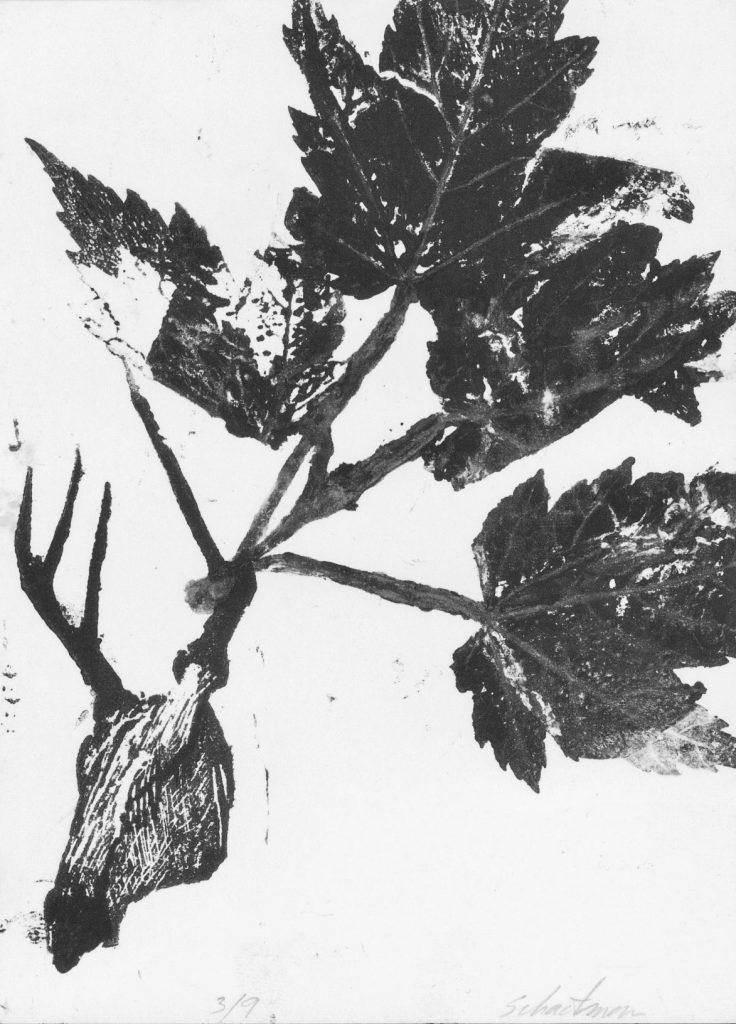
Dancyger, who is busy doing virtual readings and events to promote the book, recently did a Q&A with The Village Sun, below:
***
The Village Sun: The East Village/Lower East Side is almost like a character in your book. You also lived in California when you were growing up, but how important was the East Village to you and to your story? Clearly, you really love the neighborhood. Do you think you would be the same person if you had not grown up there?
L.D. The East Village has always been home. Even though we lived in California for several years when I was a kid, I never felt at home there, and always wanted to come back. When my parents would ask what I wanted for dinner, I’d always say “pierogis from Christine’s!” even when we were 3,000 miles away. My husband and I moved Uptown a couple of years ago, but we still go back to the old neighborhood once a week or so — he grew up Downtown, too. It’s in our blood. I don’t know who I’d be if not for the influence of the East Village, but I don’t want to meet that alternate universe Lilly.
You mention in the book, at various points, how much the East Village has changed from when you were a kid growing up there. What are your feelings on the neighborhood’s gentrification and morphing from the 1980s arts scene into a party neighborhood for upscale young people? Or if you want to describe it differently, feel free.
That’s a big part of why we eventually moved out of the neighborhood. I was tired of being sad and angry and bitter and annoyed every time I stepped outside and saw some other beloved institution shuttered, or had to push through a gaggle of drunk obnoxious brunchers. I held on for as long as I could, but eventually I just felt like it was draining my soul to stay there and watch a place I loved so deeply die such a long, slow death.
It’s really great the way “Negative Space” features photos of your father’s artwork, since his art is so unique and interesting. And yet, he clearly was not always the best promoter and caretaker of his own creative work. It almost feels a bit like you were an art historian in doing this book, making sure that his artistic output would not be forgotten and would get its proper due. You mention, at one point, though, that editors did not really support the idea of showing the art — or not that much of it — in the book. How important was it to you to have images of your dad’s artwork in “Negative Space” and why did you feel that way?
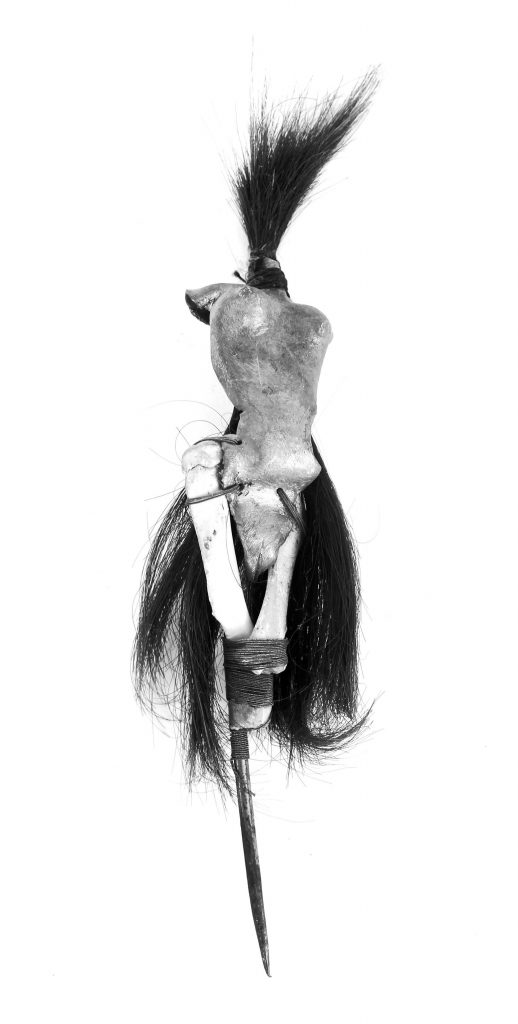
The art is incredibly central to the book! It was the impetus for the whole project. Like you said, I wanted to preserve and immortalize his work, to share it with the world and make sure a new generation of people outside of my father’s family and friends could enjoy it. And the art was also my way into the larger story that the book ended up telling — first filling in the story of my father’s life and addiction around the story of the art, and eventually weaving in my story, as well, both of growing up without him, and of the decade-long process of investigating and piecing together his story. It was never an option for me to do the book without the art, I would rather have put it in a drawer.
You obviously are super-independent and very self-motivated. Where do you think you get your drive from? Do you think it was a response to the chaos and substance abuse within your own family? Or did you maybe inherit it from your dad and his burning passion to create at a high level? Or maybe a combination of both?
Definitely, a little of both. I had to learn how to be independent and self-sufficient from a pretty young age. I got my first job at 14, waiting tables at The Grilled Cheese on Ludlow Street. And I didn’t have parental support in college the way a lot of my classmates did, so I had to figure out how to pay rent and bills while still getting as much as I could out of my education (such as interning at The Villager!). Most of my adult life has been centered around trying to find the balance between the stability and financial security that I never had as a kid, and holding onto the creative drive and lifestyle that I did have as a kid, and want to hold onto. It’s hard to have both, but not impossible.
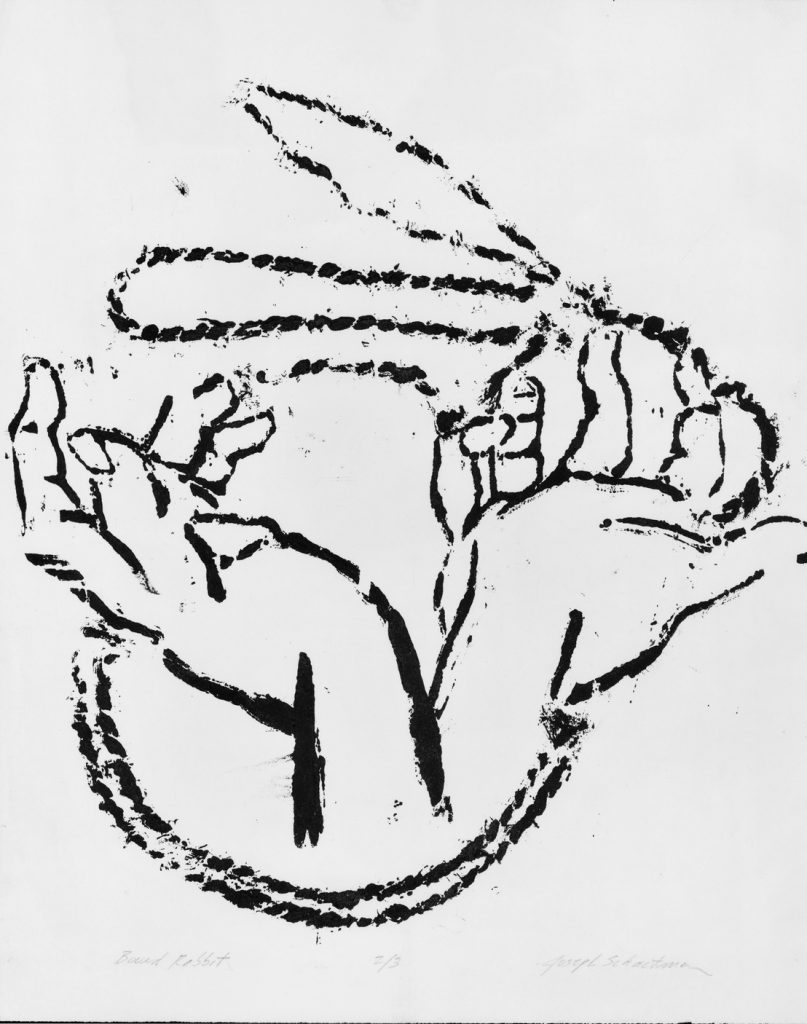
“Negative Space” seems very cinematic, like it would lend itself very easily to being made into a movie. Have you had any offers of movie options? Is that something that interests you?
No offers yet but I would love to see “Negative Space” turned into a movie! Or a series. Producers, hit me up.
Are there some similarities between “Negative Space” and the movie “Kids”? Has anyone said that?
Ha! I don’t really think so, but then again when I was a teenager people brought that movie up to me all the time, and I didn’t see the similarity then, either. So maybe I’m just too close to it.
You spent a while finding a publisher for this book before SFWP picked it up. Did you ever feel like giving up? What kept you going? Did you simply feel that you had to tell this story and nothing could stop you?
Of course I felt like giving up! It’s hard to stay the course with a demanding creative project for over a decade, not knowing if it’ll ever see the light of day. But it was a story I had to tell — for myself, and also for my father. Once I had committed to getting his artwork out into the world, I couldn’t give up on that. And then once I was five, six, seven years into it, I had devoted too much of my life to the project to not see it through. So I just kept going, and eventually it paid off. I’m so relieved and happy to see it out in the world, finally.
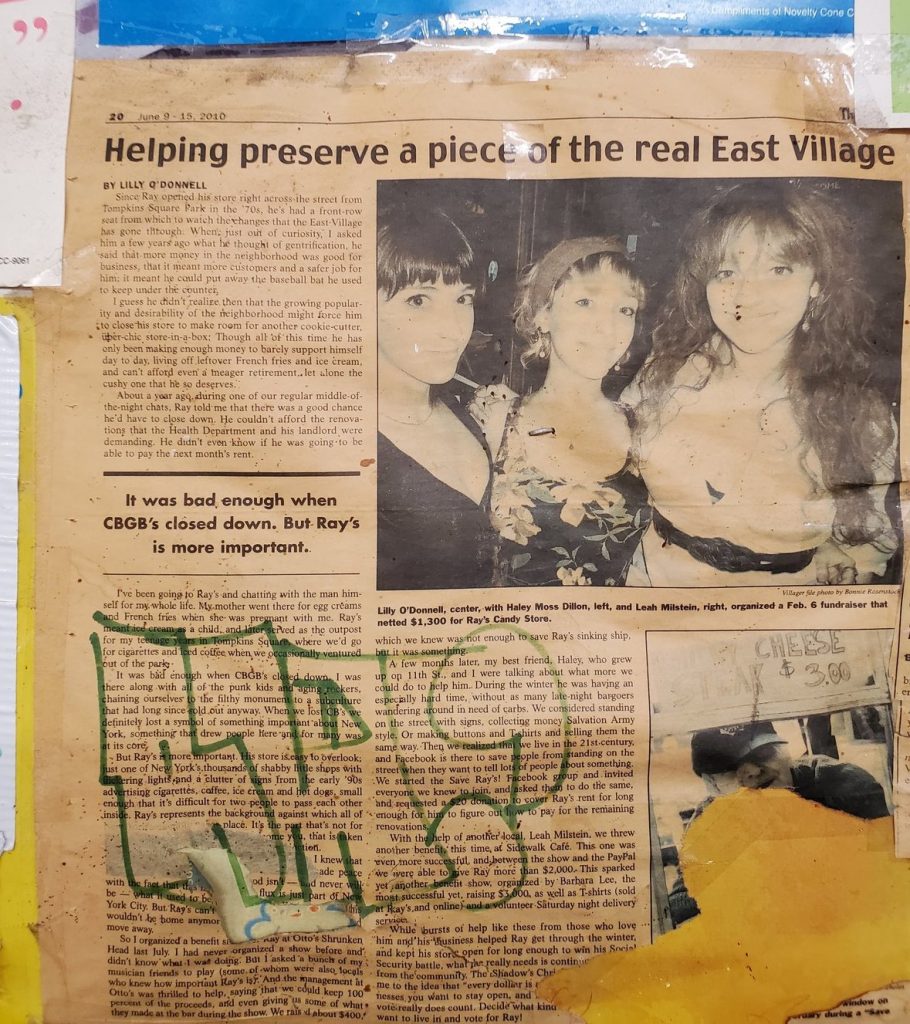
What’s been your experience with promoting the book, doing book talks, “going on tour” to support the book? Are you actually going on tour, or, due to COVID, are you mainly doing virtual talks about it right now? Do you enjoy this promotional side of being a published author?
So far all of the events have been virtual, which has been a bit of a bummer, honestly, even though they’ve still been fun. But I’m hoping to do some in-person events later in the year. Some aspects of the promotional stuff are fun, but I definitely prefer writing.
You do mention Ray in the book but not the fact that you generously did a fundraiser when you were waiting tables at Sidewalk for his Ray’s Candy Store, on Avenue A, when he was struggling with paying his rent more than 10 years ago. Amid everything that was going on with your life, it’s great that you were still able to do that. Why did you want to help out Ray?
I just adore Ray so much. I’ve known him my whole life, and he’s one of the sweetest people I’ve ever met. And his shop is a neighborhood institution. When I heard that he might have to close, I just had to do something. That would have been intolerable. Most of the time you don’t know ahead of time that a place you love is in danger — you just walk by one day and it’s gone. So having a chance to help Ray out and keep the shop going, for him and for the neighborhood, it was a no-brainer. I just wish I could have done more.
Are you working on another book now? If so, is it also a memoir? Can you tell us a bit about it? Does it logically follow from “Negative Space” or are you going in a whole different direction?
I am! I’m not saying much about it publicly yet, but it’s an essay collection. Definitely some overlap with the subject matter of “Negative Space,” but also very different.

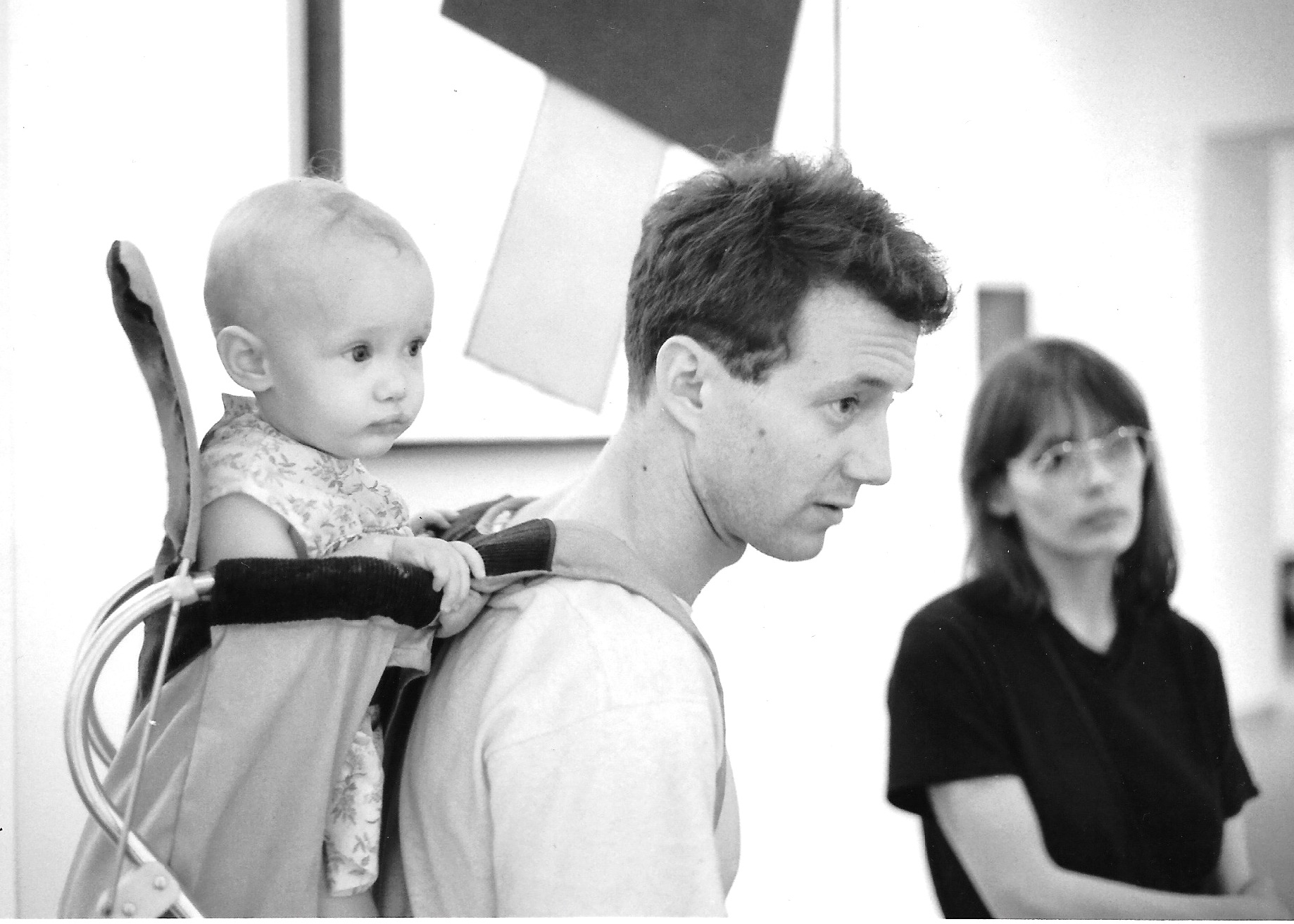
Be First to Comment